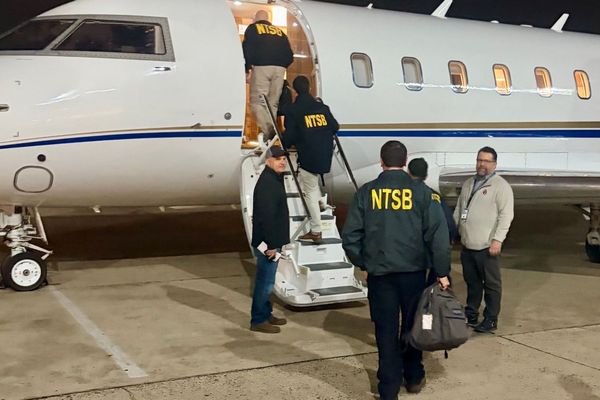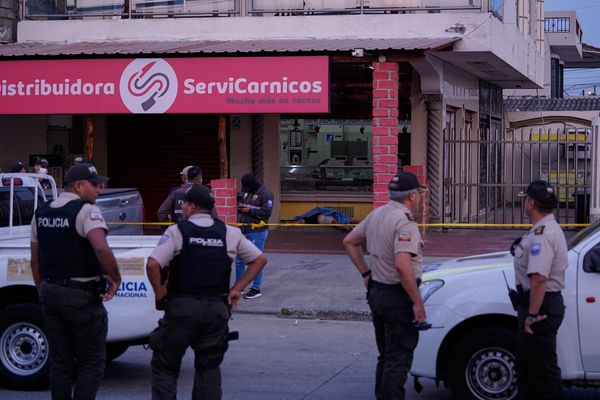If you’ve ever been inside a mine shaft, you know the air can feel heavy before you’ve even taken a full breath. Go high enough up a half-finished skyscraper and it’s a different beast — fumes from welding, paint, or solvents creeping into your lungs before you can even say “where’s the ventilation?” Whether you’re hundreds of meters underground or dangling from a steel beam above city traffic, the air you breathe can be as dangerous as the job itself.
In the United States, safety rules are crystal clear on one point: if the oxygen is low or the air is tainted with toxic gases, you need proper respiratory gear. Not just any mask will cut it. This is where an OSHA-compliant SCBA comes in — a self-contained breathing apparatus that’s basically your own portable clean-air tank. They’re not just for firefighters kicking down smoky doors; industrial SCBAs are the unsung heroes of mining, shipbuilding, chemical processing, and heavy construction.
Why These Tanks Are Lifesavers
An SCBA works by giving you an independent, sealed air supply. Think of it as cutting the cord between your lungs and the dangerous air around you. Instead of filtering whatever’s floating in the space (which could be dust, fumes, or an invisible toxic gas), you’re breathing from a high-pressure cylinder strapped to your back. The mask seals tight against your face, and the regulator delivers clean, pressurized air.
In mining, that can mean the difference between surviving a methane leak and never making it to the surface. In high-rise construction, it might keep a welder safe when sparks ignite paint fumes in an enclosed stairwell. SCBA gear isn’t just an accessory — it’s life insurance in hardware form.
Different Countries, Different Rules
Globally, the idea of protecting workers’ breathing is universal, but the rules aren’t always identical.
In the European Union, gear like SCBA falls under the Personal Protective Equipment Regulation, meaning it must meet strict CE-marking standards and often align with ISO guidelines. Australia takes a similar stance, with Safe Work Australia mandating SCBA use in oxygen-deficient or toxic environments.
China enforces GB standards for respiratory gear, especially in high-risk industries like coal mining and petrochemicals. Compliance is checked through government inspections, and companies face shutdowns if they cut corners. The core tech — air cylinder, regulator, full-face mask — stays the same worldwide, but certifications, testing, and enforcement can vary wildly from country to country.
The Human Side of the Gear
Here’s the thing: even the best breathing kit is useless if the person wearing it doesn’t know how to handle it. That’s why SCBA training is non-negotiable. Workers practice in low-visibility drills, learn how to change air cylinders under pressure, and figure out how to communicate through the mask without losing precious air time.
In South Africa’s deep gold mines, drills can mean navigating narrow tunnels while breathing off the tank. Offshore oil workers in Norway run evacuation scenarios with full SCBA gear, simulating platform fires or gas leaks. It’s not just about comfort with the gear — it’s about building the muscle memory to stay calm when every second matters.
SCBA Has Gotten Smarter
Older SCBAs were bulky, heavy, and about as ergonomic as a brick. Today’s models are sleeker, lighter, and smarter. Many now have integrated electronics that track remaining air supply and send alerts to supervisors. Some even pair with GPS-like tracking so rescuers can find a worker quickly if something goes wrong.
In industrial environments, SCBA units are often part of a bigger personal protection setup — think communication headsets under the helmet, chemical-resistant suits, and built-in lighting systems for zero-visibility conditions. It’s less “one tool for one problem” and more “mobile safety ecosystem.”
When Safety Gets Ignored
Skip the SCBA in a toxic or oxygen-starved space and you’re rolling the dice with your lungs — and possibly your life. The consequences can be immediate, like losing consciousness within minutes, or long-term, like developing silicosis, asbestosis, or occupational asthma.
In the U.S., OSHA regularly cites companies for respiratory protection violations, and those fines aren’t small change. But the bigger cost is human: injured workers, lost expertise, and damage to a company’s reputation. Once word gets out that a workplace doesn’t take safety seriously, good luck hiring skilled talent.
The Future of Breathing Protection
Work is pushing into tougher environments — deeper tunnels, higher structures, colder climates, and even underwater construction. Breathing protection will have to keep pace, with even lighter materials, better air-monitoring tech, and international safety standards that leave no gaps.
Until then, the basics hold true: gear that’s built to standard, kept in good shape, and worn by someone who knows how to use it will save lives. Whether you’re in a shaft a kilometer underground or welding on the 70th floor, your first breath of clean, safe air isn’t just a comfort. It’s the reason you get to take the next one.








